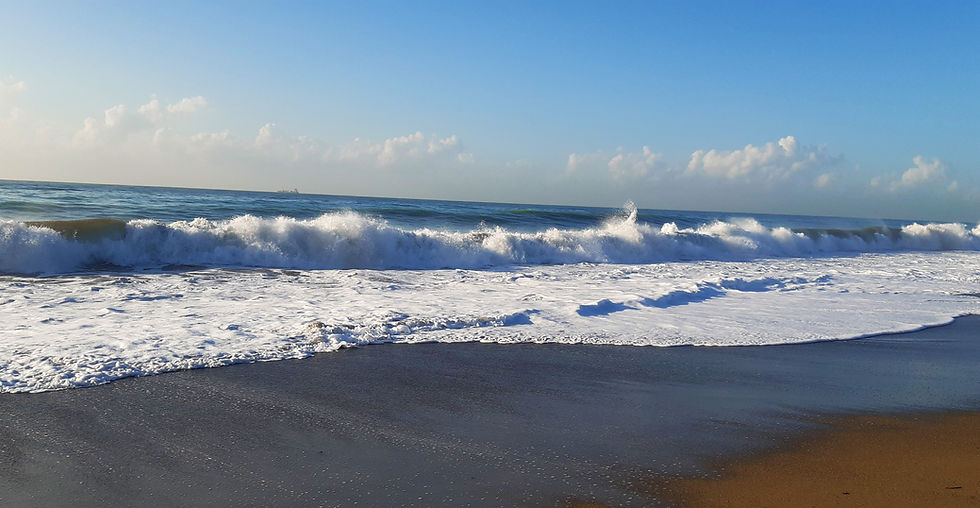The Gadolinium Wave
- Richard Semelka
- Dec 6, 2021
- 2 min read
A few well informed sufferers, we can call one Tina, have described to me what they describe as a wave of Flare symptoms that start in one location and spread contiguously to other segments in the body.

This has been described also as a Flare response in general, in addition to following chelation. I believed them, but physiologically I could not really explain it, because it did not really seem to follow the pathway of a vascular network (for example starting at the finger tips and spreading up the same arm to the shoulder) - but would seem to jump from one region to another that should not have a direct linear pathway of either the venous system or the lymphatic. For example, up one arm, then across the head, then down the other arm, then down the body.
It suddenly though came to me in discussing her symptoms with a recent sufferer who I am treating, who we can call Kate.
The best analogy is to think of the 'wave' : fans in a stadium standing up segmentally creating a wave effect. I like to think of the historic Philippe Chartrier stadium, the bull ring, at the French Open tennis complex in Paris, but the wave is done in many stadium sports events.
What I believe is primarily happening is as a segment of tissue resident memory T cells (TRMT) are excited by movement of Gd, they trigger the adjacent segment of TRMT probably either as an electrical stimulus, or chemical (cytokines), or both, and that segment sets off, and then also triggers the adjacent to do the same, and so on. Kate (credit given where credit due) also described it as a Domino effect. So this then does not need to follow the linear pathway of vascular or lymphatic channels, but rather contiguous tissue segments, so can jump from one arm contiguously to the head then the other arm, and so on.
It is not unreasonable to think that there may also be a component of venous system or lymphatic system based Tcells being triggered, but I think the major effect is contiguous segments of TRMT firing off, that sets off the adjacent tissue segment.
The Gadolinium Wave.
Richard Semelka, MD







Comentários